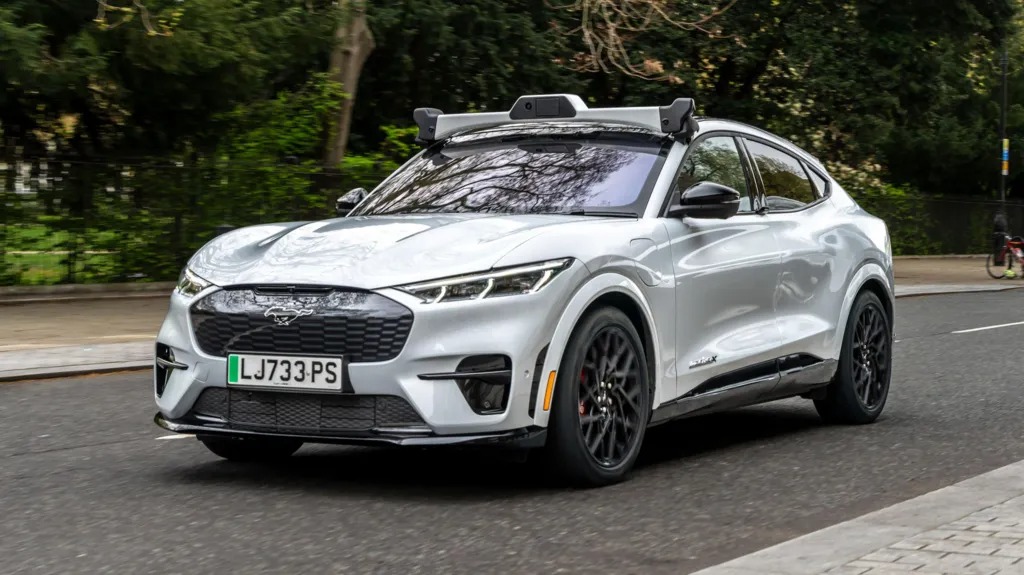Uber has announced it is ready to deploy driverless taxis in the UK, but government approval for fully autonomous vehicles is now expected later than originally planned. While the previous administration aimed for self-driving cars on UK roads by 2026, the new government predicts this will happen in the latter half of 2027.

Current Regulations and Trials
At present, limited self-driving technology is allowed on UK roads, but a human driver must remain responsible and ready to take control. Some companies, including UK-based AI firm Wayve, are already testing advanced autonomous driving systems. Uber collaborates with 18 such companies and operates robotaxis in countries like the US, China, the UAE, and Singapore.
Uber’s View on the UK Market
Andrew Macdonald, Uber’s senior VP of mobility, said the company is ready to launch robotaxis as soon as regulations permit. He argued that the UK is not falling behind global leaders in driverless tech, but rather that other countries developed most of the technology first. The UK Department for Transport stated it is working on legislation for self-driving vehicles in the second half of 2027 and exploring trials to support the sector.
User Experience and Public Perception
In the US, Uber’s robotaxis operate extensively, with fares matching those of rides with human drivers. The option appears in the app when available, allowing customers to choose. However, public skepticism remains a barrier. A 2024 YouGov poll found 37% of Britons feel “very unsafe” traveling without a human driver. Macdonald noted that most passengers quickly adapt and come to accept driverless rides as normal.
Technology and Safety in Practice
During a test ride in London, an autonomous Ford Mach-E equipped with Wayve’s AI-driven sensors and software navigated complex city traffic without human intervention. The safety driver did not need to touch the controls, and the system managed pedestrians, traffic lights, and delivery vehicles smoothly. Studies suggest automated cars may reduce accidents compared to human drivers, although incidents and safety concerns still exist in countries where robotaxis operate.
Challenges: Insurance, Liability, and Social Impact
Issues like insurance coverage, vehicle ownership, and legal liability in accidents involving driverless cars remain unresolved in the UK. Industry experts stress the importance of safety and transparent data sharing for insurers and investigators. The government estimates self-driving vehicles could create a £42 billion industry and 38,000 jobs by 2035. Meanwhile, labor groups warn of social consequences, including potential job losses for drivers.
Future Outlook
Uber envisions autonomous vehicles transforming transportation, especially for younger generations less interested in driving. Macdonald shared his belief that driver’s licenses may become obsolete for future youth as the world embraces new mobility technologies.
